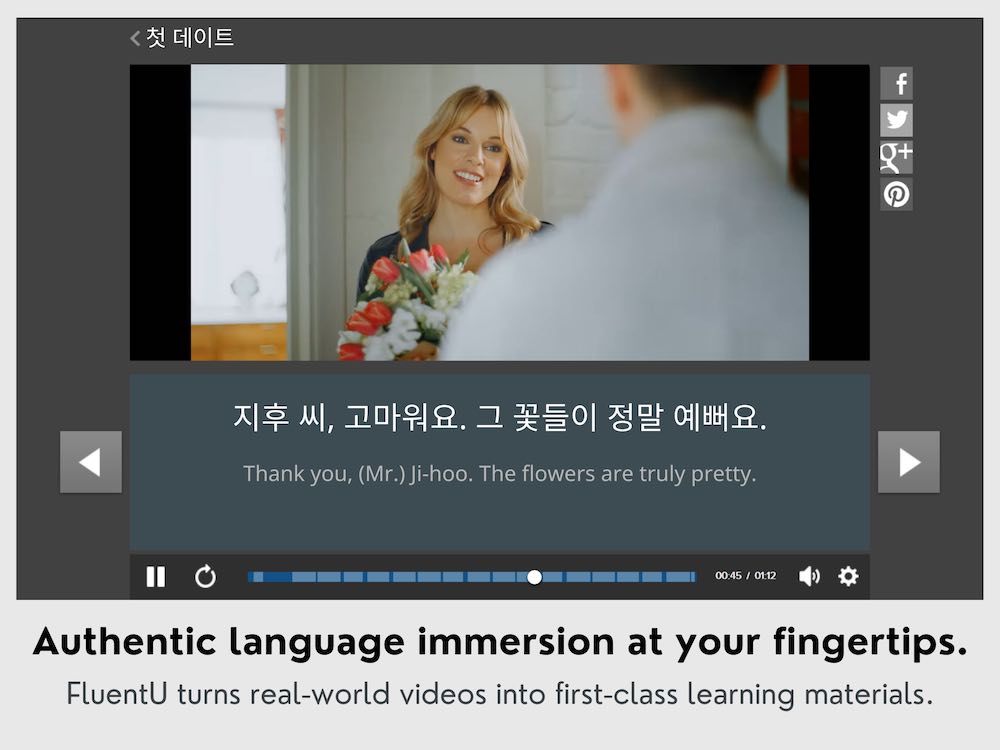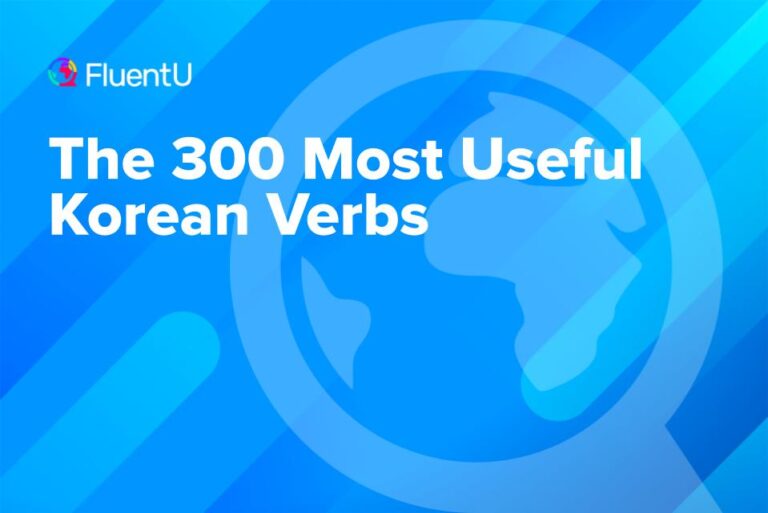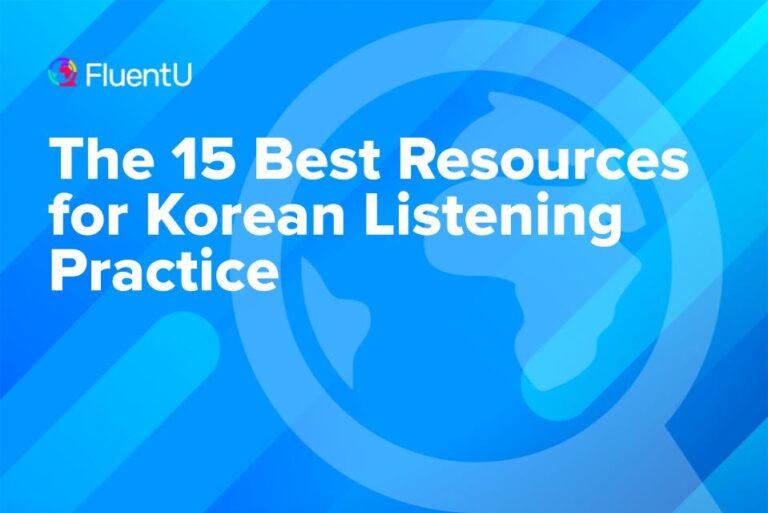Contents
- 1. Raise the intonation at the end of a statement
- 2. Use 왜 (wae) — why to create a “why” question
- 3. Use 언제 (eon-je) — when to create a “when” question
- 4. Use 어디 (eo-di) — where to create a “where” question
- 5. Use 누구 (nu-gu) — who to create a “who” question
- 6. Omit the use of “you” in a question when directly speaking to the subject
- 7. Use ㅂ니까 (b-ni-kka) or 습니까 (seum-ni-kka) for highly formal questions
- 8. Add 요 (yo) to formalize and soften questions
- 9. Remove 요 (yo) and use 니 (ni) at the end of casual questions
- And One More Thing...
9 Ways to Ask Questions in Korean
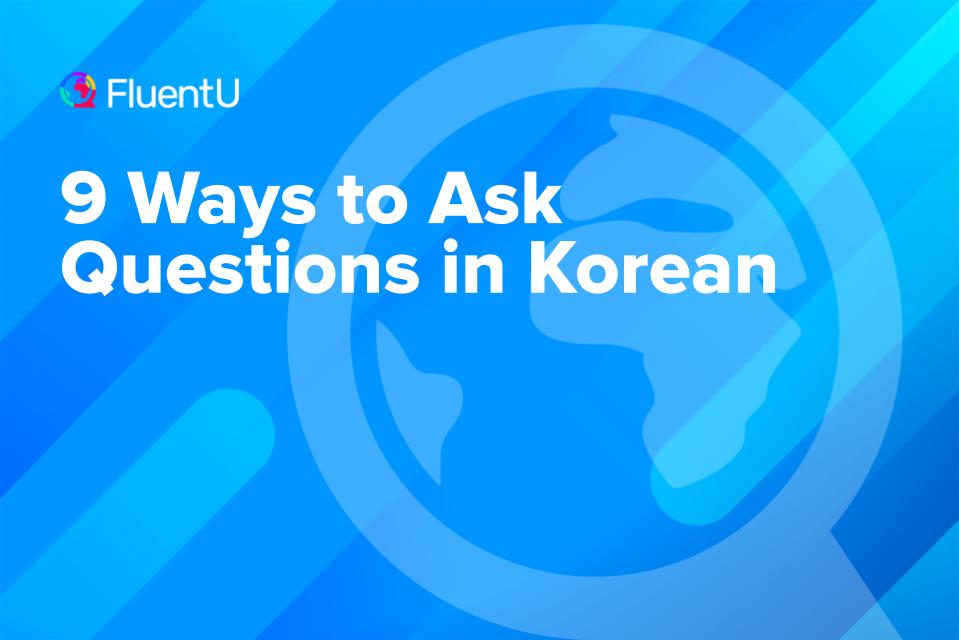
Asking questions is one of the keys to starting and maintaining a conversation in Korean, and luckily, there are some similarities with English when it comes to forming questions. In many situations, you can simply raise the intonation at the end of a question. But in other cases, you’ll need to use question words and modify different parts of the sentence to make them comprehensible.
Read on to find out the numerous ways you can use question words and build questions in Korean, even if you’re a beginner.
Download: This blog post is available as a convenient and portable PDF that you can take anywhere. Click here to get a copy. (Download)
1. Raise the intonation at the end of a statement
This is by far the simplest way to turn a Korean statement into a question. Some sentences grammatically allow for this method. The types of questions that do not allow for this method are as follows:
- Who
- When
- What
- Where
- Why
- How (how much, how many, etc.)
When we ask a “did” question, we can use the intonation technique. It’s exactly like English in that you just have to raise the intonation at the end of the sentence to make it an understandable question.
Example:
밥 먹었어요. (bap meo-geo-sseo-yo) — I ate.
밥 먹었어요? (bap meo-geo-sseo-yo?) — Did you eat?
2. Use 왜 (wae) — why to create a “why” question
Asking “why” questions is a fairly easy process in Korean. The adverb 왜 is used to turn statements into “why” or “why did” questions by simply inserting it into the statement.
Depending on a variety of factors, 왜 can be placed in different areas of the sentence. Most of the time, it sits between the subject and object.
Examples:
고양이 좋아해요? (go-yang-i jo-a-hae-yo?) — Do you like cats?
고양이를 왜 좋아해요? (go-yang-i-leul wae jo-a-hae-yo?) — Why do you like cats?
3. Use 언제 (eon-je) — when to create a “when” question
언제 and 왜 operate in the same manner adverb-wise. 언제 is typically found in the middle of a sentence.
Example:
학교 갔어요? (hak-gyo ga-sseo-yo?) — Did you go to school?
학교 언제 갔어요? (hak-gyo eon-je ga-sseo-yo?) — When did you go to school?
4. Use 어디 (eo-di) — where to create a “where” question
You guessed it. The adverb 어디 works in the same manner as 언제 and 왜. However, you tend to find 어디 at the beginning of sentences.
Example:
어디 살아요? (eo-di sa-ra-yo?) — Where do you live?
미국에 살아요. (mi-gu-ge sa-ra-yo) — I live in America.
5. Use 누구 (nu-gu) — who to create a “who” question
누구 is a bit different than the other adverbs we’ve covered thus far. It essentially operates as both a pronoun and adverb in one word, though pronouns in Korean are very different from pronouns in English.
누구 can replace a noun in a sentence. It can also be used in place of the subject or object in a sentence and the ending changes slightly depending on the placement.
It’s worth noting that when 누구 is used as the subject of a sentence, it changes into 누가 (nu-ga) — who. This might seem a little confusing, but it’s actually used the same way in English.
Examples in English:
Who will study math tomorrow? — “Who” becomes the subject of the sentence in English.
Whom will they meet up with tonight? — “Whom” becomes the object of the sentence in English.
Examples in Korean:
누가 내일 수학 공부할 거예요? (nu-ga nae-il su-hak gong-bu-hal geo-ye-yo?) — Who will study math tomorrow?
그들은 누구를 초대했어요? (geu-deu-reun nu-gu-reul cho-dae-hae-sseo-yo?) — Whom did they invite?
6. Omit the use of “you” in a question when directly speaking to the subject
You may have noticed that some of the questions we’ve listed omit the use of “you.” This is because “you” is very rarely used in the Korean language, as it’s often implied to whom the speaker is talking or about with the use of context.
If you’re asking someone a question and they’re the subject of the question, you can omit the subject entirely.
Example:
One of our earlier sentences included 고양이 좋아해요? (go-yang-i jo-a-hae-yo?) — Do you like cats?
In this sentence, 당신 (dang-sin) — “you” is omitted, but it’s implied that the question is directed to the person who’s also the subject of the question.
7. Use ㅂ니까 (b-ni-kka) or 습니까 (seum-ni-kka) for highly formal questions
ㅂ니까 and 습니까 are used as formal, highly respectful question words.
This is an easier aspect of asking Korean questions to remember, as the rules are fairly cut and dry:ㅂ니까 is added to the stems that end in vowels. 습니까 is added after stems that end in consonants.
It’s as simple as that!
Examples:
의식에 참석하실 겁니까? (ui-si-ge cham-seok-ha-sil geom–ni-kka?) — Are you going to attend the ceremony?
많이 드셨습니까? (ma-ni deu-syeot-seum-ni-kka?) — Did you eat a lot?
8. Add 요 (yo) to formalize and soften questions
You can use 요 to make questions stand out as more formal or polite. You typically only add 요 to casual endings of verbs or adjectives. This creates a soft effect that’s kind and formal.
This might be a bit difficult to figure out, especially if you’re a beginner still struggling with verbs and adjectives.
Think of it this way, though: Adding 요 to a sentence is essentially the same as saying, “Would it be alright if I went to her house?” as a softer, more polite way of saying “Can I go to her house?”
Examples:
9. Remove 요 (yo) and use 니 (ni) at the end of casual questions
You can end many questions casually by removing the 요 at the end of the sentence. The endings may vary in this case.
You can also add 니 to the end. This is a very informal way to ask a question, so be mindful of whom you’re speaking to and what situation you’re in before using 니.
니 must be used only for someone who is the same age or younger. For example, when chatting with a friend or family member (but not your parents or older siblings), 니 would be appropriate to use as a question ending.
Example:
토요일에 부산에 가요? (to-yo-i-re bu-sa-ne ga-yo?) — Are you going to Busan on Saturday? (polite)
토요일에 부산에 가니? (to-yo-i-re bu-sa-ne ga-ni?) — Are you going to Busan on Saturday? (casual)
밥 먹었어요? (bap meo-geo-sseo-yo?) — Did you eat? (polite)
밥 먹었니? (bap meo-geon-ni?) — Did you eat? (casual)
To get the hang of when to use each type of question structure in Korean, you can check out FluentU.
FluentU takes authentic videos—like music videos, movie trailers, news and inspiring talks—and turns them into personalized language learning lessons.
You can try FluentU for free for 2 weeks. Check out the website or download the iOS app or Android app.
P.S. Click here to take advantage of our current sale! (Expires at the end of this month.)
Were you surprised by how easy it can be to ask questions in Korean? Now you can try it yourself. Good luck with your studies!
Download: This blog post is available as a convenient and portable PDF that you can take anywhere. Click here to get a copy. (Download)
And One More Thing...
If you enjoyed this post, you're already halfway to having the time of your life learning Korean with FluentU!
FluentU makes it possible to learn with K-pop videos, funny commercials, entertaining web series and more. Just a quick look will give you an idea of the variety of FluentU videos on offer:

FluentU really takes the grunt work out of learning languages, leaving you with nothing but engaging, effective and efficient learning. It's already hand-picked the best videos for you (which are organized by level and topic), so all you have to do is simply choose any video that strikes your fancy to get started.
Each word in the interactive captions comes with a definition, audio, image, example sentences and more.
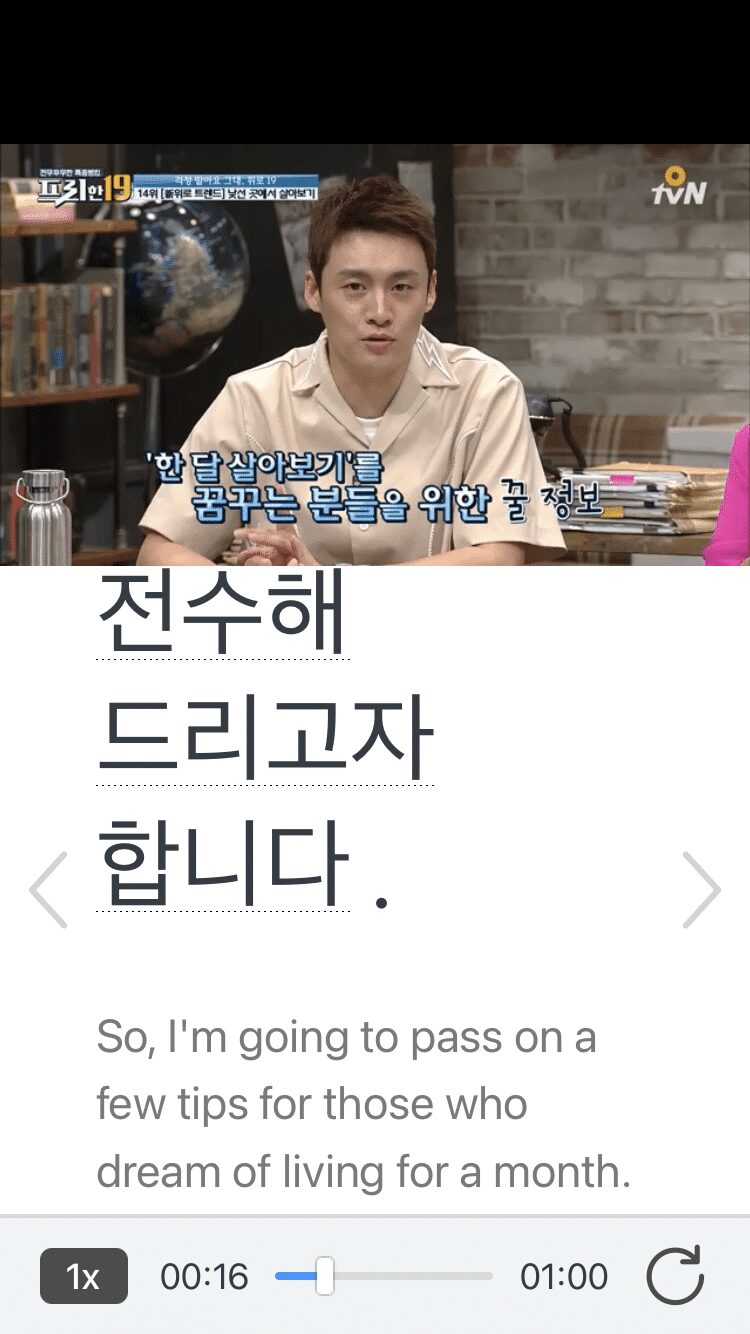
Access a complete interactive transcript of every video under the Dialogue tab, and easily review words and phrases from the video under Vocab.
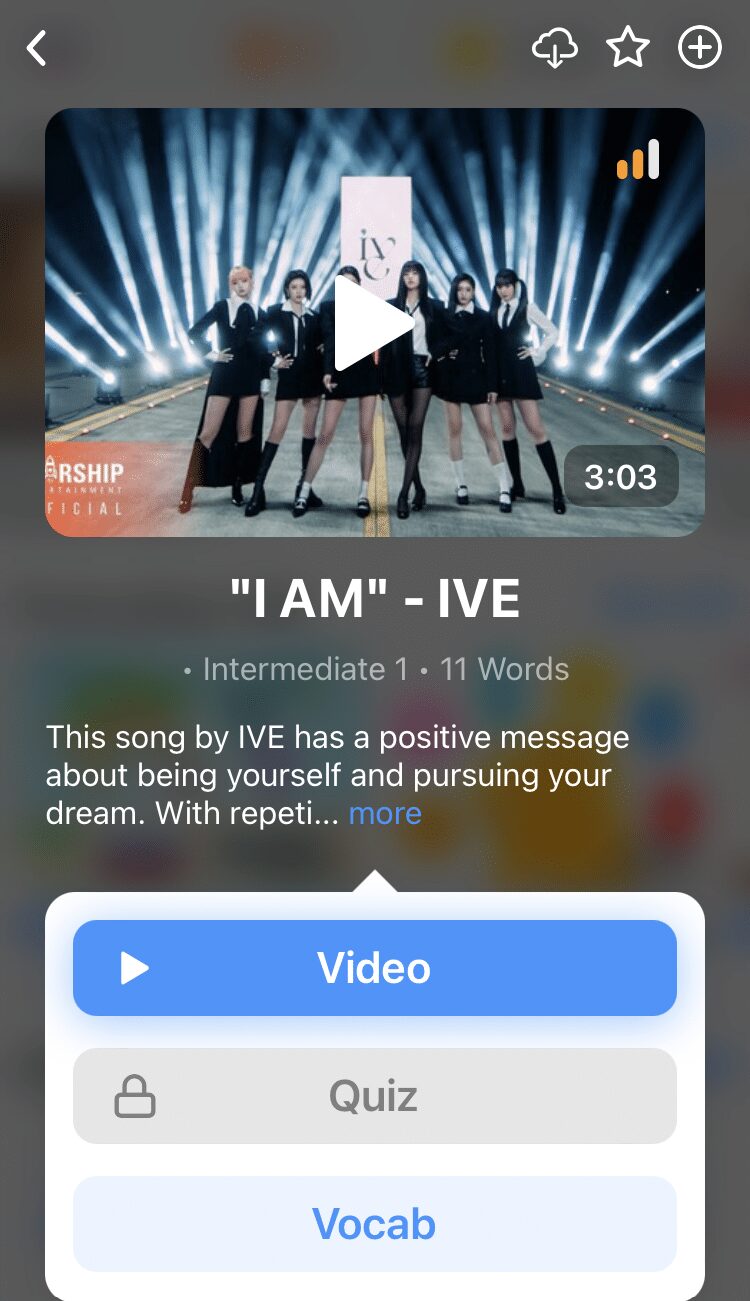
You can use FluentU’s unique Quiz Mode to learn the vocabulary and phrases from the video through fun questions.
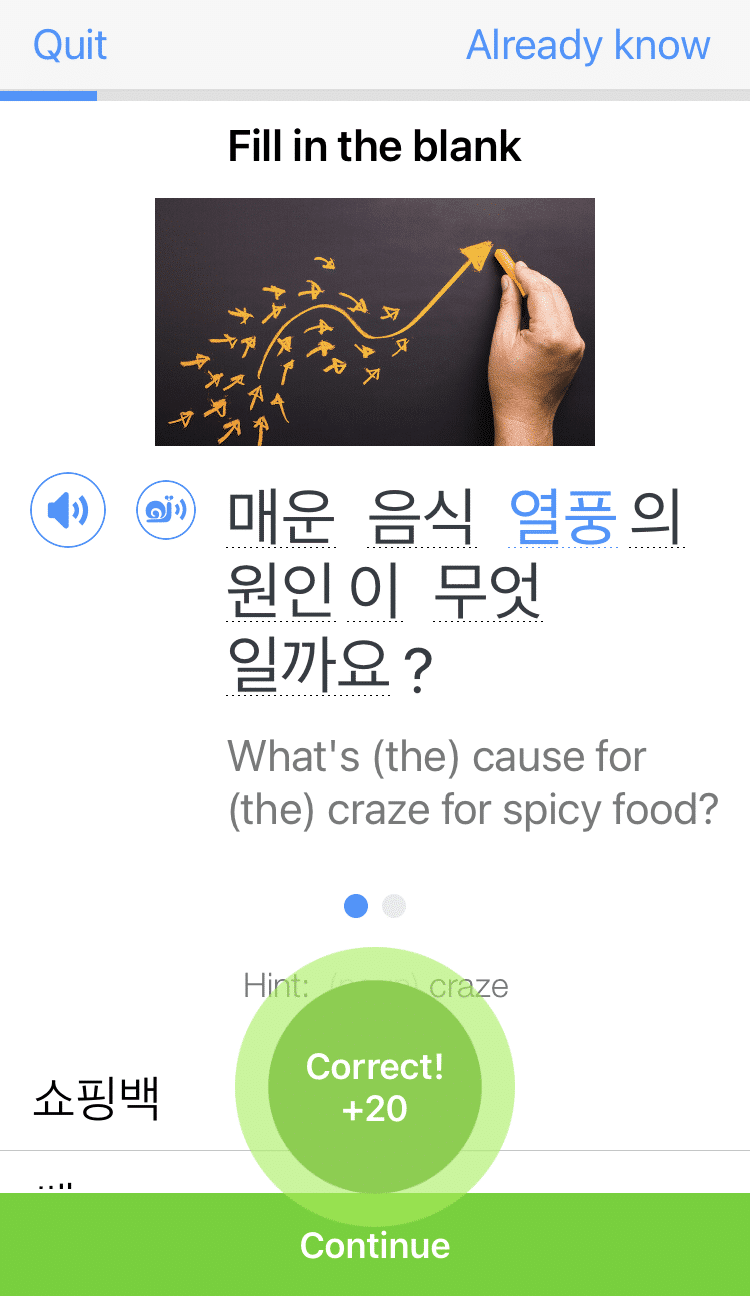
FluentU keeps track of what you're learning, and tells you exactly when it's time for review, giving you a 100% personalized experience.
Review sessions use video context to help embed the words in your memory.
Start using the FluentU website on your computer or tablet or, better yet, download the FluentU app from the iTunes or Google Play store. Click here to take advantage of our current sale! (Expires at the end of this month.)
